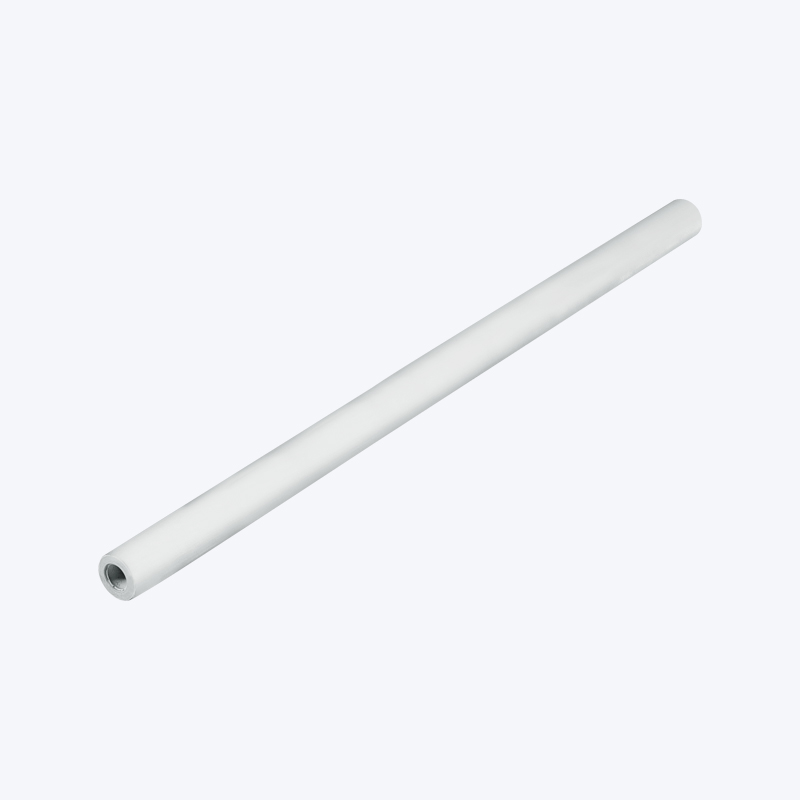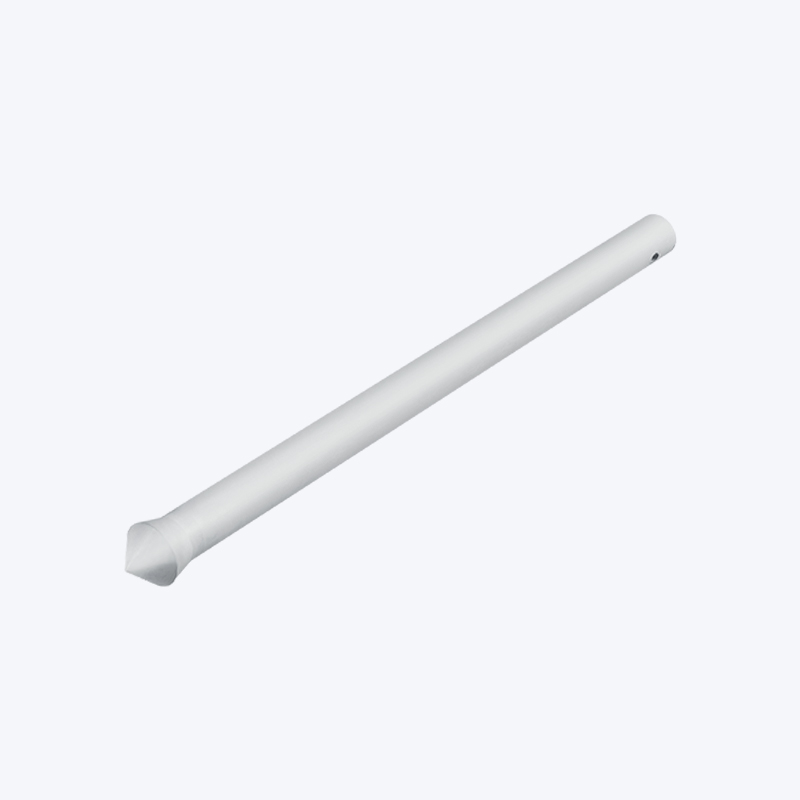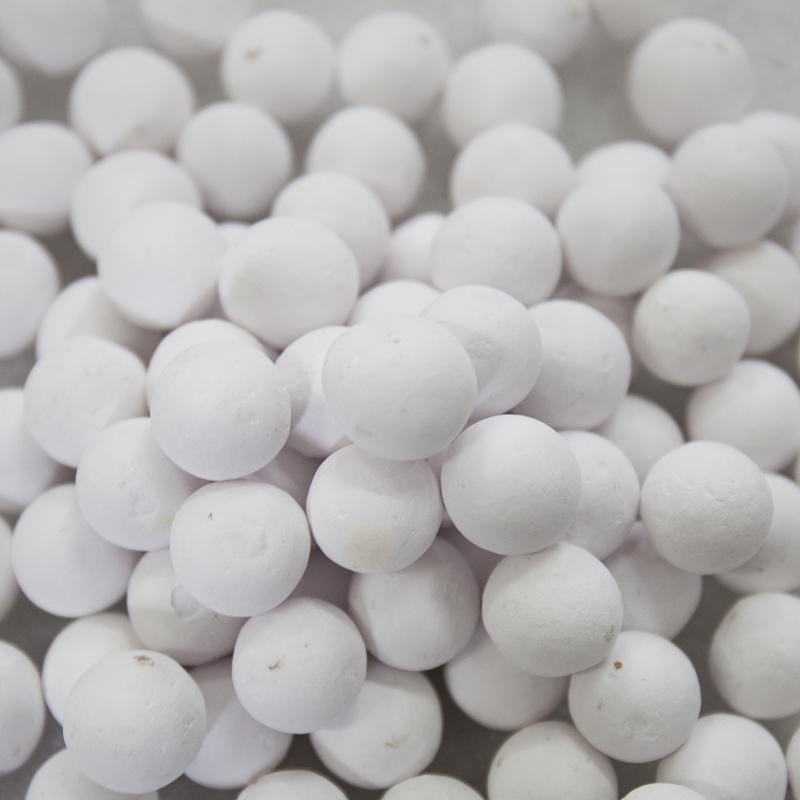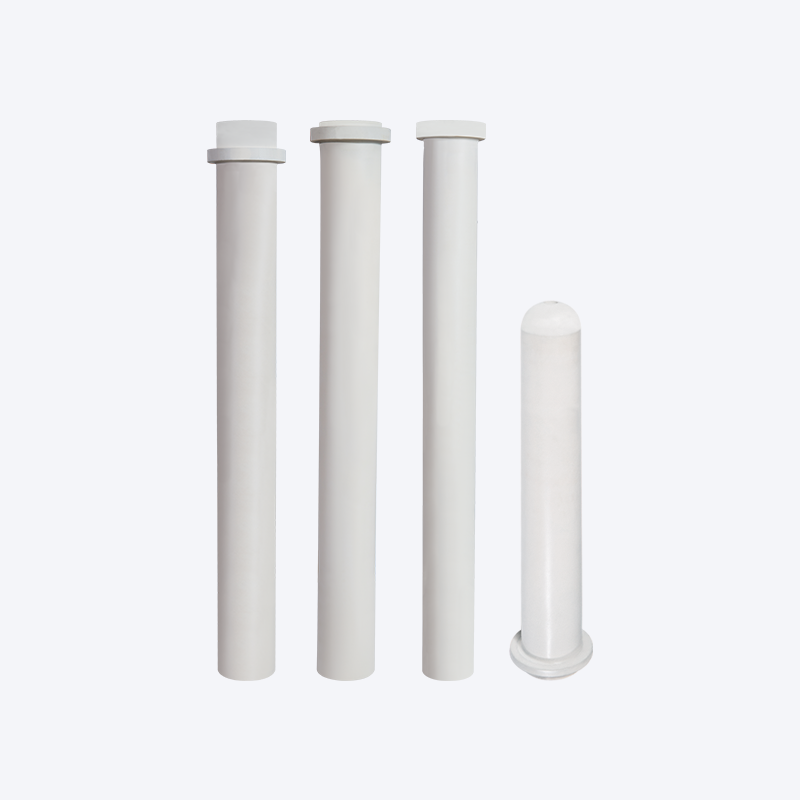Silicon nitride in solar cells
Solar cell technology is a cornerstone of the renewable energy sector, and improving the efficiency and reliability of solar cells has always been a central research focus. Among many materials, silicon nitride (Silicon Nitride Ceramic) plays a crucial role in solar cell manufacturing due to its unique physical and chemical properties.
Silicon Nitride: A Multifunctional Coating
Silicon nitride (SiNx) is typically applied as a thin film on the surface of solar cells, where it performs multiple functions. Its primary role is as an Anti-Reflection Coating (ARC). When sunlight hits the surface of a silicon wafer, a large portion of it is reflected due to the difference in refractive index, leading to fewer photons entering the cell. A silicon nitride film has a refractive index that is in between that of air and silicon. By precisely controlling its thickness, the film can use the interference of light to significantly reduce reflection, allowing more photons to be absorbed by the cell and thus increasing the solar cell's efficiency.
In addition, the silicon nitride film also serves as a Passivation Layer. On the surface and edges of the silicon wafer, there are numerous dangling bonds and defects. These defects act as recombination centers for carriers (electrons and holes), causing carriers that could have been collected to recombine before reaching the electrodes. This lowers the cell's open-circuit voltage and fill factor. The silicon nitride film effectively covers and "passivates" these surface defects, reducing carrier recombination and improving the cell's performance. This passivation effect is crucial for enhancing the long-term stability and reliability of the cells.
Deposition Technology for Silicon Nitride
In solar cell production, the silicon nitride film is typically prepared using Plasma-Enhanced Chemical Vapor Deposition (PECVD). This technique uses plasma to decompose silicon and nitrogen-containing gases (such as silane, SiH4, and ammonia, NH3) at relatively low temperatures (usually below 450°C), which then deposit on the silicon wafer's surface to form a dense silicon nitride film. PECVD has become the mainstream choice in the photovoltaic industry due to its high deposition rate, excellent film quality, and relatively low-temperature requirements.
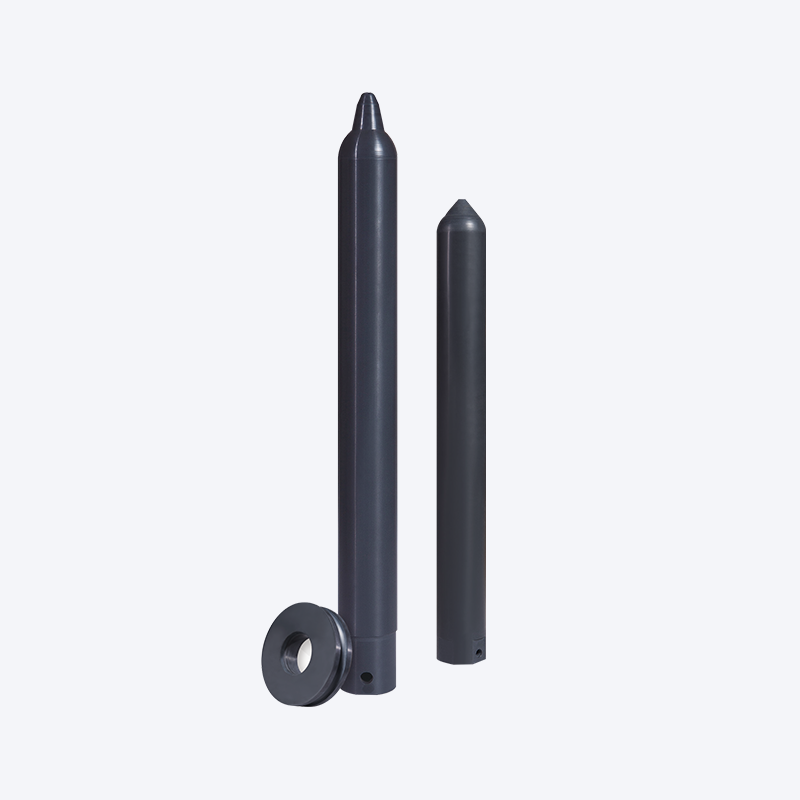
Silicon Nitride Ceramic: More Than Just a Film
While the main application of silicon nitride in solar cells is in thin film form, its Silicon Nitride Ceramic form is also noteworthy. As an advanced structural ceramic, silicon nitride ceramic is renowned for its high hardness, excellent thermal stability, low thermal expansion coefficient, and good electrical insulation. Although it is not used directly in the active area of solar cells, in photovoltaic manufacturing equipment and related components—such as fixtures or parts used for high-temperature processes—silicon nitride ceramic may leverage its unique thermal and wear resistance advantages to support efficient and stable solar cell production lines.
Future Outlook
As photovoltaic technology continues to advance, the demands for anti-reflection and passivation effects are also increasing. Future research may involve developing more efficient silicon nitride deposition processes and exploring more complex silicon nitride film structures, such as multi-layer anti-reflection coatings or doped silicon nitride films, to further optimize solar cell performance. Additionally, combining silicon nitride with other advanced materials to balance cell efficiency and cost will be an important research topic.
In summary, silicon nitride is an indispensable key material in modern silicon solar cells. From its microscopic thin film functions in anti-reflection and passivation to the potential broader applications of Silicon Nitride Ceramic in equipment manufacturing, the silicon nitride family provides a solid foundation for the efficient development of the photovoltaic industry.
Contact Us for Quotes and Prices!
Just let us know what you want, and we will get in touch with you as soon as possible!

 English
English 简体中文
简体中文



